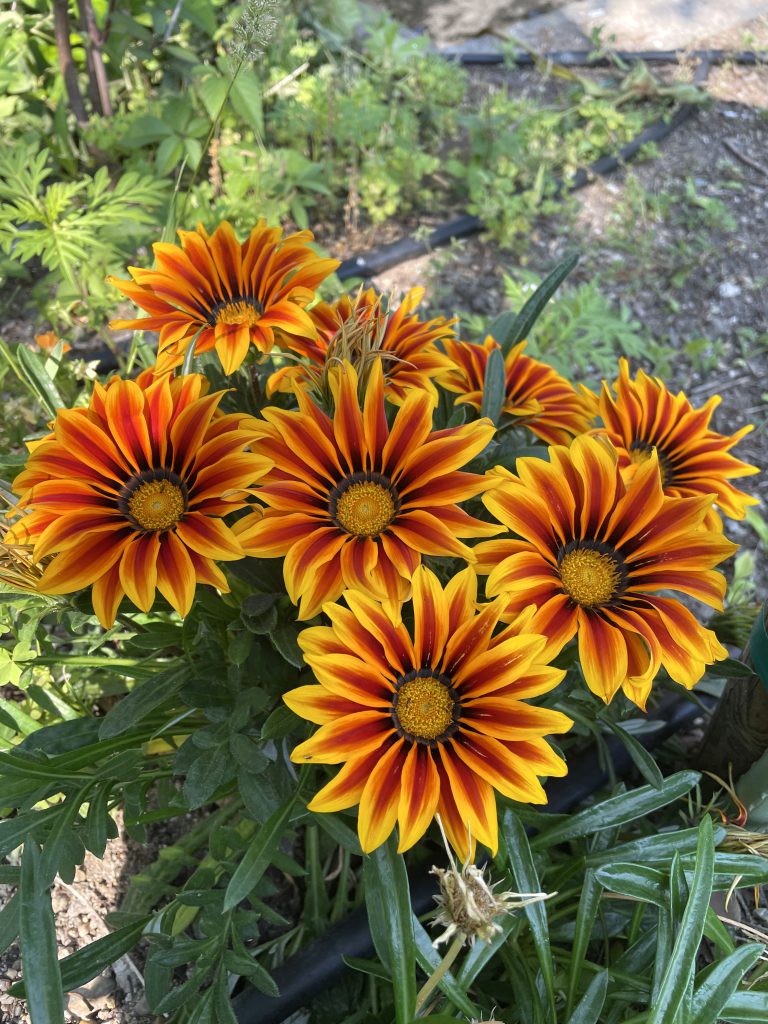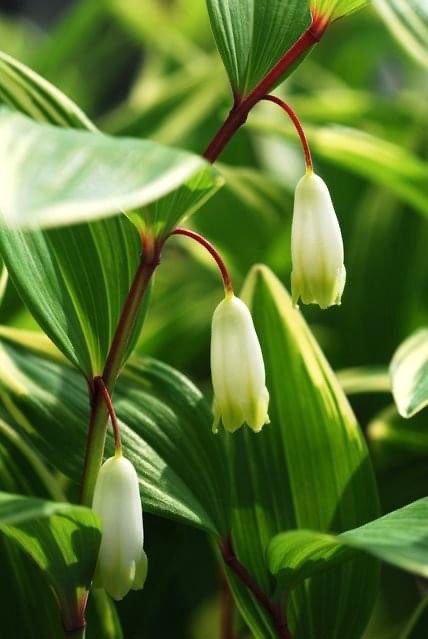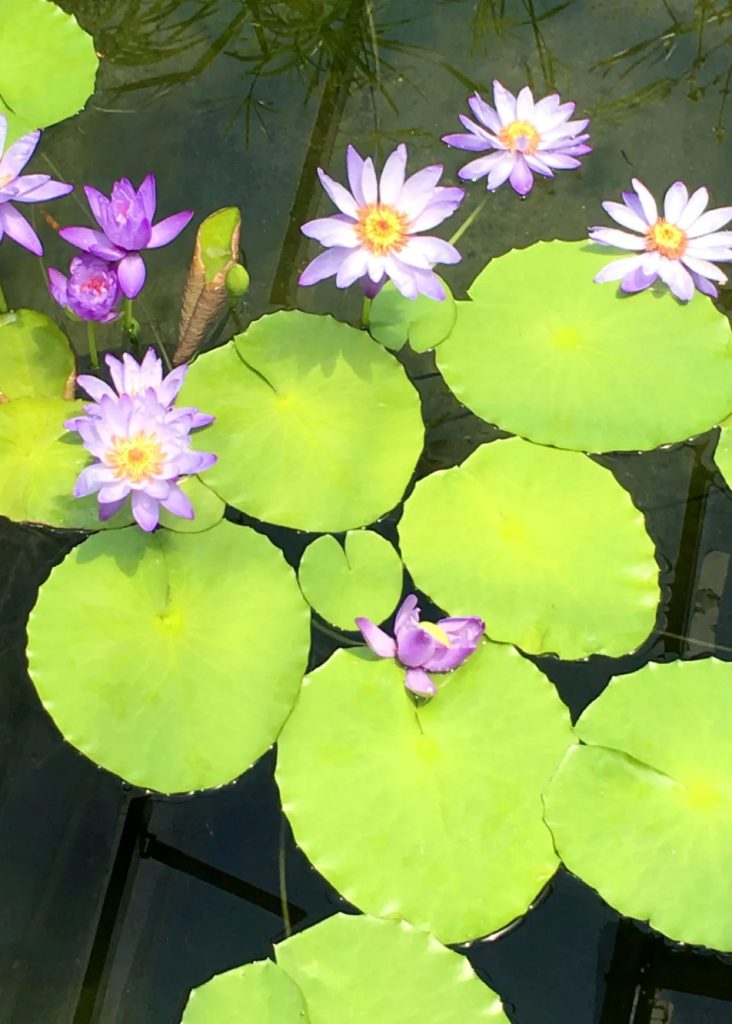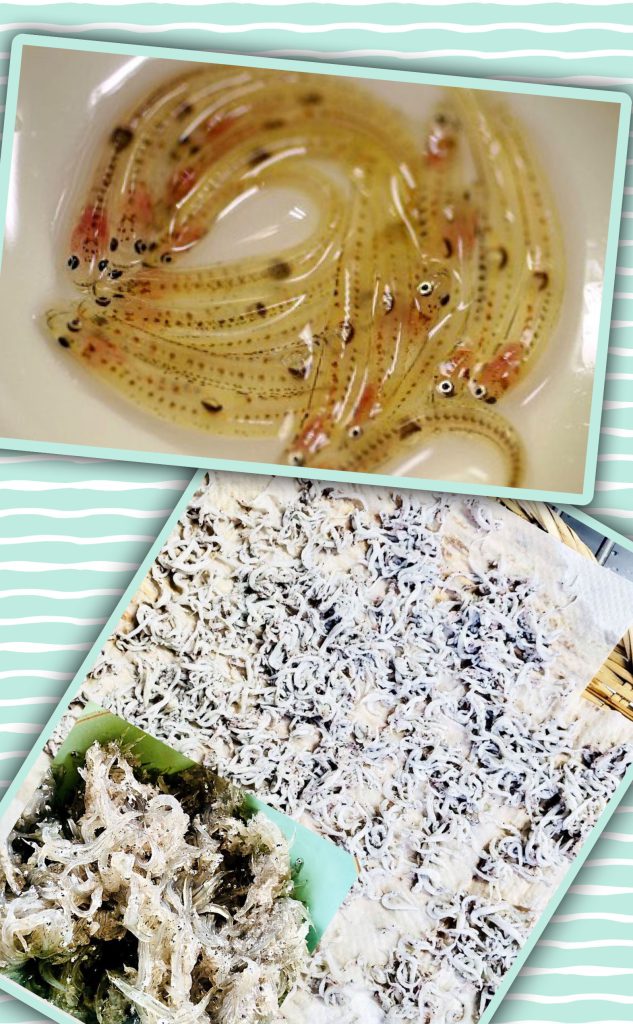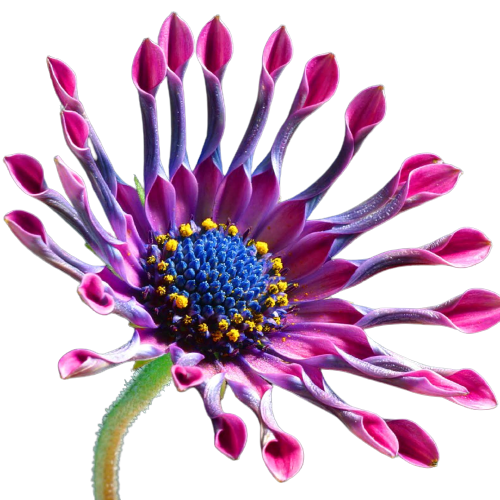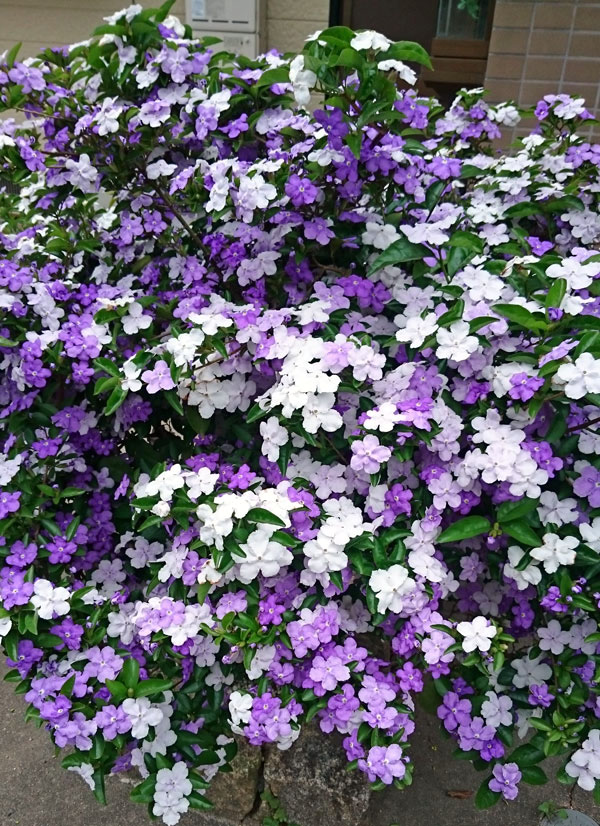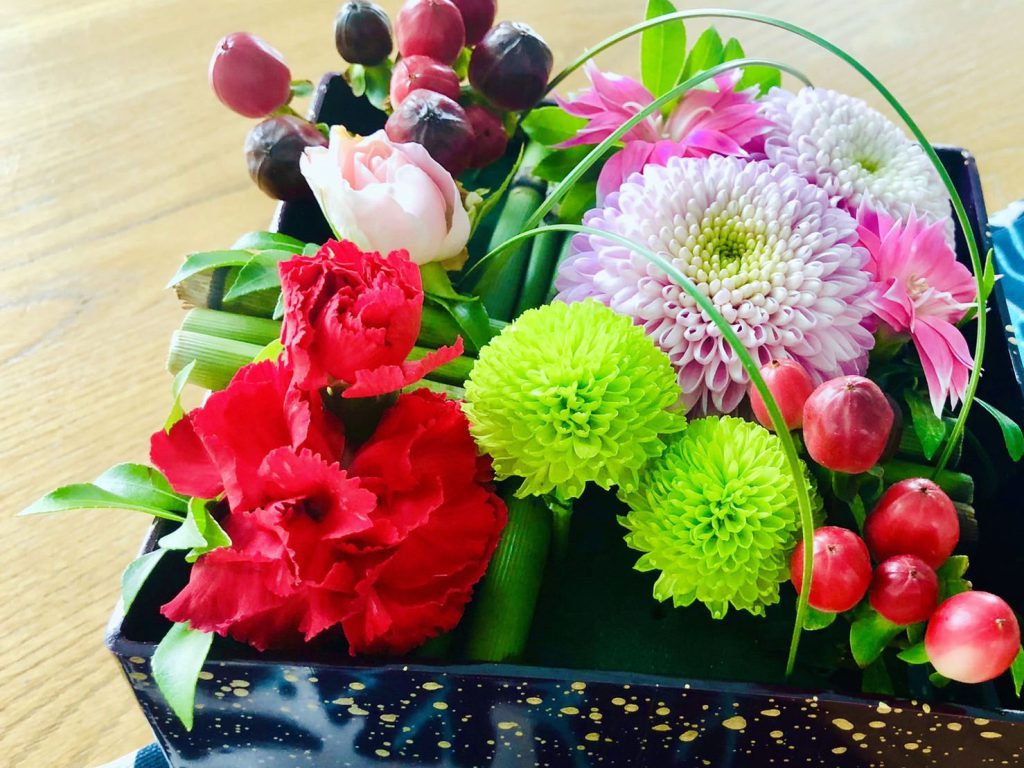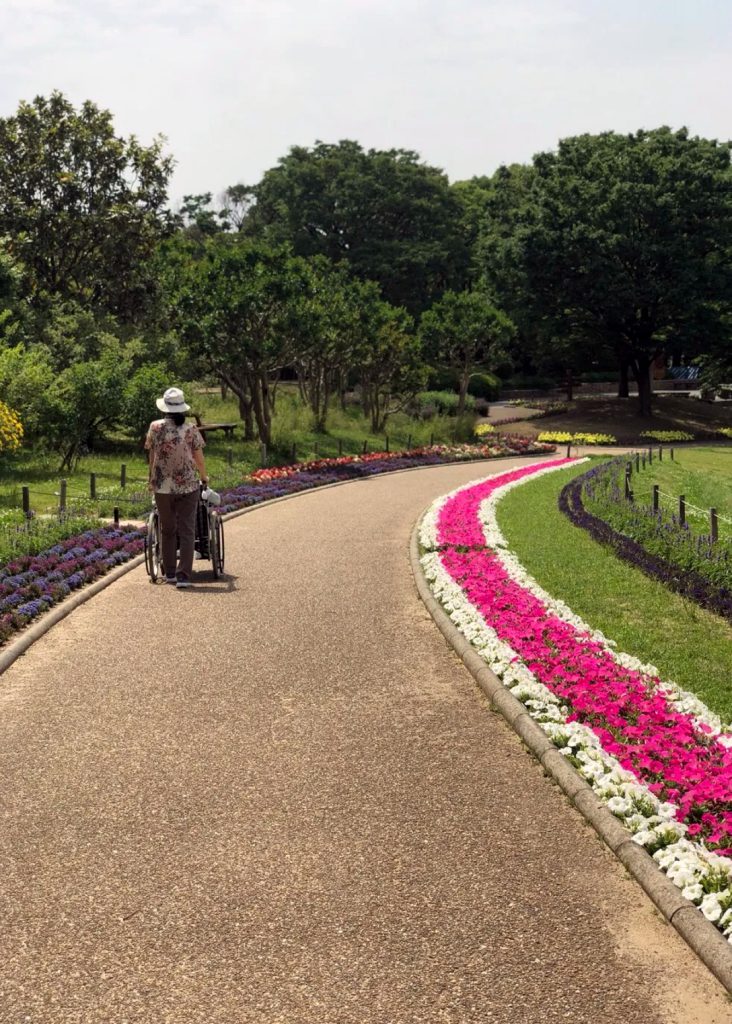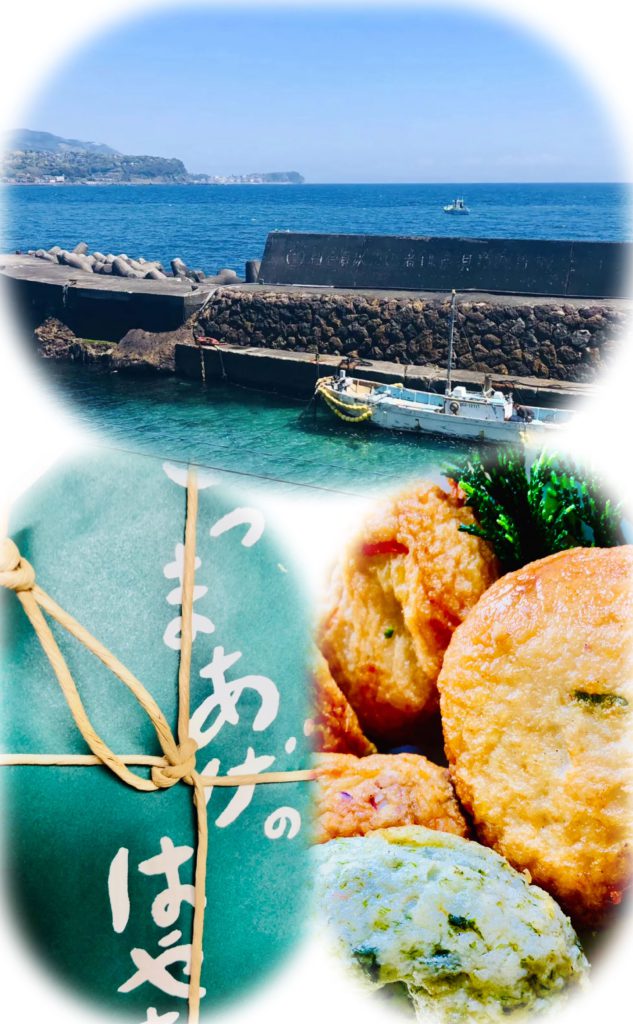
In fishery areas, most of the fish caught are shipped nationwide as fresh fish, but fish that are not valuable as commercial products are sold as fish paste, “Satsuma-age”. In eastern Japan, it is called “Satsuma-age”, but in Kansai, it is also called “Tempra”. The taste of “Satsuma-age” made from freshly picked fish is exceptional, and you can enjoy the taste unique to the local area. Some fish paste is seasoned with salt and sugar, fried in oil, and wrapped with ingredients such as burdock, pickled ginger, and quail eggs. “Satsumaage” was originally a Chinese dish, but it has spread nationwide via Ryukyu and Satsuma. In Kagoshima and Okinawa prefectures, some people still call it “Tsukiage” or “Chikiagi”.
水産地では、取れた魚の多くは鮮魚として全国に出荷しますが、商品として価値のない魚は、すり身にして「さつま揚げ」として売り出します。東日本では「さつま揚げ」げ言いますが、関西ではこれも「天ぷら」と言います。取り立ての魚でできた「さつま揚げ」の味は格別で、地元ならではの味を楽しめます。魚肉のすり身に塩と砂糖などで味付けし、油で揚げ、ゴボウ、紅生姜、ウズラの卵などの素材を包み込んだものもあります。「さつま揚げ」は元々中国料理の一品でしたが、琉球、そして薩摩を経由して全国に広がりました。鹿児島県や沖縄県では、今でも「つき揚げ」や「ちきあぎ」と呼ぶ人もいます。

